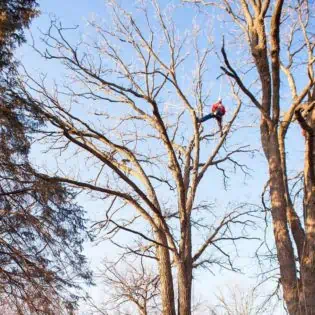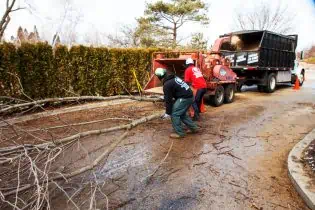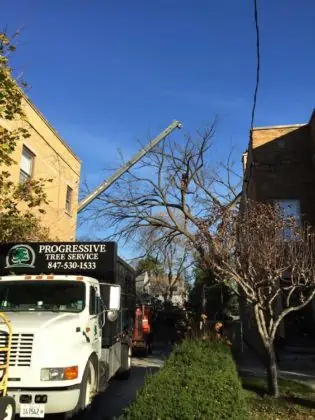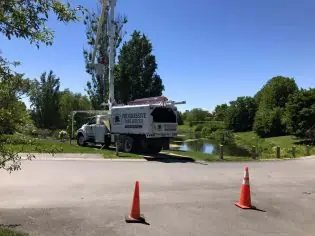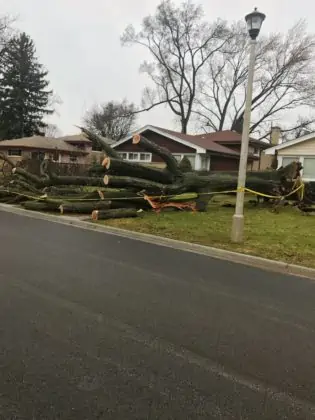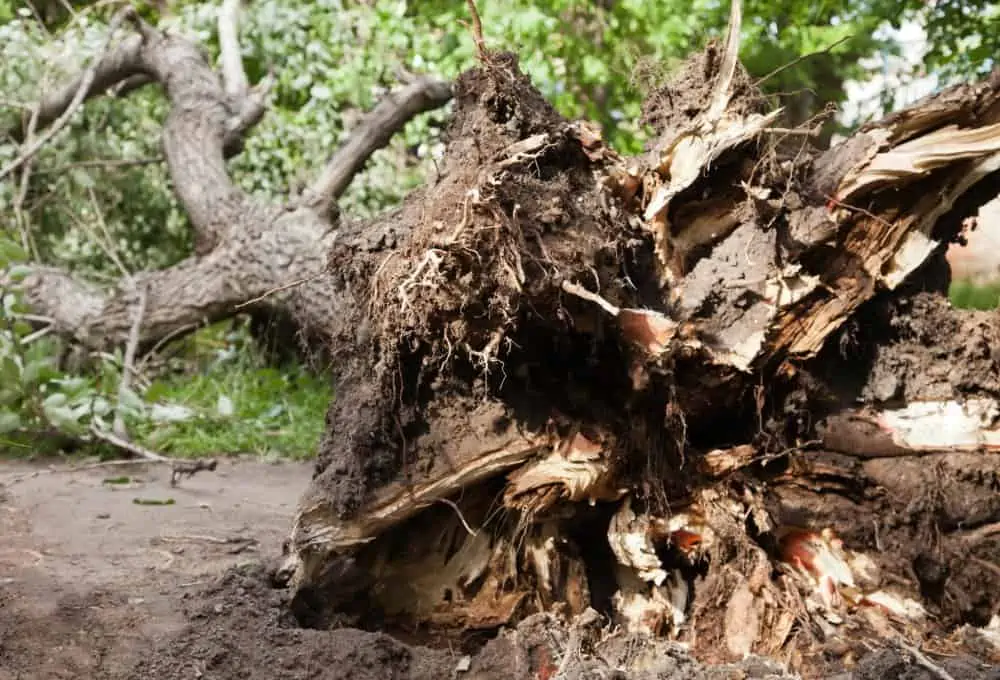What is the tree drought stress?
Those living in regions with particularly hot and dry summers are familiar with drought stress. And if you’ve planted trees in an urban dry-summer area, you’ve probably seen it happen one too many times.
What Causes Drought Stress?
Drought stress occurs for several reasons, with lack of enough water being the main culprit. Other factors contributing to the severity of drought stress include extreme temperatures, high salinity, and high intensity of light.
The hot temperatures and the lack of moisture that typically characterize dry months greatly reduce soil water volume available for absorption by tree roots. As a result, the fine-hair roots responsible for absorbing moisture from the soil begin to die back. If these conditions persist long enough, the larger fibrous roots also die.
Above ground, the tree is also losing water via the leaves through transpiration. Water from the roots moves up the trunk, across branches, and into the leaves, where it is released as water vapor through the stomata.
Just how much water is lost via transpiration? Well, trees use only one or two percent of the water for photosynthesis and other functions. This means that around 99% is released as water vapor, even in dry months.
Under average conditions, transpiration does more good than harm since the lost water is easily replaced. As the water moves up from the roots to the leaves, it also transports nutrients absorbed from the soil. The evaporating water also helps cool the leaf surface when the temperatures are hot.
In dry conditions, this consistent water loss with little replacement does the tree little justice. Ultimately, it contributes to drought stress.
Tree Species Affected
Drought stress can affect all trees, but some species are more tolerant than others. The most drought susceptible trees include;
- Those that grow in shallow soils, rocky soils, or compacted soils. Such trees have shallow root systems whose reach extends no further than the hotter and drier surface soils.
- Trees adapted to regular rain/short-duration irrigation also develop shallow roots. When the rains stop or irrigation systems are turned off, they will be subject to drought stress.
- Trees adapted to riverbanks, flood plains, or swamps are also more likely to suffer from severe drought stress.
Why are urban trees more susceptible to drought stress?
You may have noticed that the same species of trees do better in the wild than in urban spaces during drought. Why is that? Here are a few reasons why;
- Compacted Soils: Numerous human activities in urban areas usually result in compacted soils. Such soils hold less water and oxygen and are also difficult for roots to penetrate, creating stress for a tree.
- Restricted Roots Space: Constructed obstacles like driveways, foundations, and streets limit the expansion of roots. This results in trees with shallow roots that can access a limited amount of water and mineral resources.
- There is less water available in the soil in urban areas than in natural settings due to the abundance of paved surfaces. Such surfaces are responsible for more runoff than absorption and faster evaporation of rainfall. They also cause higher soil temperatures, leaving urban trees more vulnerable to drought stress.
- Competition: Yards typically have a couple of trees and a dense layer of turf around them. Therefore, whatever little water and minerals are available in the soil are split between trees and the turf.
How to Identify
Depending on the time of the year, it's pretty easy to identify drought stress. The symptoms are most visible in foliage trees. They include;
- At the beginning of the drought, temporary wilting of leaves occurs during the day. However, the leaves recover overnight and appear normal by morning.
- As the drought progresses, leave experience permanent wilting. They remain wilted even in the morning.
- The leaves then begin to turn yellow. This is usually accompanied by leaf scorch, i.e., the leaf margins become brown and develop a burned appearance.
- Premature defoliation beginning at the top and branch ends. New leaves will also appear unusually small.
- Wide, longitudinal cracks may appear in the barks of thin-barked tree species like maples during prolonged droughts.
- Slowed growth may also occur.
- In long-term droughts, branches at the top or outer tips of the tree begin to die.
Damage if left unmanaged
During short-term drought, the stress rarely extends beyond wilting and yellowing of leaves.
Drought stress poses its biggest dangers under prolonged drought. Excessive leaf loss, root death, and branch death may eventually kill the tree. Drought-stressed trees are also more susceptible to attacks by pests and diseases.
Managing Drought Stress
Water, of course; a lot of water. If your trees are suffering from drought stress, they need more water than they’re currently receiving. But before you amp up your irrigation efforts, consult your arborist on how to go about it most efficiently.
If you want to avoid the whole ordeal, plant drought-tolerant trees. These typically have deeper roots and thicker and waxier leaves to minimize water loss by transpiration. Species include most oaks, elms, longleaf pine, hickories, persimmon, hollies, and many more. Again, talk to your arborist for the best advice.

